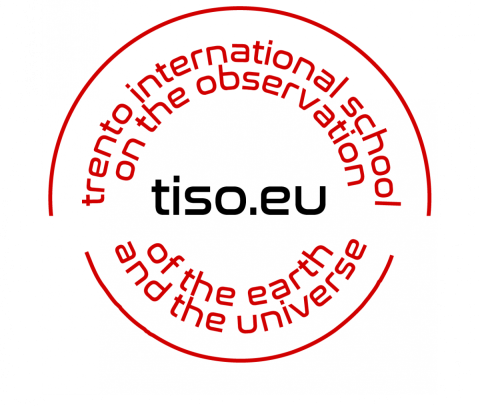
BRAINS in SPACE: effect of long duration spaceflight on the human equilibrium system and the brain

Abstract
Human spaceflight started more than 60 years ago, initiating research on the effects of spaceflight on the human body. Yet, what happens to the brain during a space mission has long been an uncharted domain. After having investigated the vestibular system in several cosmonauts, using the Neurolab centrifuge VVIS, Wuyts initiated in 2009, the ESA BRAIN-DTI project, which was the first prospective study to investigate brain structural and functional changes after spaceflight using magnetic resonance imaging (MRI). So far, the brain of 30 astronauts before and after spaceflight have been scanned, yielding several effects that were not anticipated at all. A major finding of the BRAIN-DTI project is the fact that the ventricular cerebrospinal fluid (CSF) volume increased after spaceflight. The lateral and third ventricles increased significantly, by 13% and 10% respectively, after spaceflight compared to before. The fourth ventricular CSF volume did not increase significantly. The follow-up MRI scans, taken 7 months after return from space, revealed remaining significant differences in lateral and third ventricular CSF volume as compared to pre-flight, though the effect sizes were not as large. These findings indicate that the normalization back to baseline levels is a slow process, which is still ongoing a half-year after the ISS mission. An additional very intriguing finding emerged from a collaborative study where the perivascular space (PVS is the space surrounding the blood vessels in the brain) in Roscosmos, ESA and NASA astronauts were compared. After spaceflight, the PVS is increased with more than 30% in the NASA group compared to only 14% in Roscosmos crew. This could be explained by the use of different countermeasures on board such as the advanced resistive exercise device (ARED). This observation yields possibly solutions to spaceflight associated neuro-ocular syndrome (SANS), that causes hyperopic shifts in space crew, as well as several other eye related issues. This topic as well as the impact of spaceflight on the working memory, the upward brain shift and other findings will be illustrated to the audience during the talk.
Short Bio
Floris Wuyts, obtained his PhD in Physics in 1991. He became tenure professor in 2000 at the University of Antwerp where he is leading the Lab for Equilibrium Investigations and Aerospace (LEIA). He teaches basic physics, medical physics, biostatistics as well as several neuroscience topics. He has been teaching for almost 2 decades at King’s College in London in the Space Physiology course. Wuyts has 252 publications, and according to Web of Science 7280 citations, H-index of 45, and according to Google Scholar 15312 citations and an H-index of 66. Since early 2000, Floris Wuyts and his team conducted studies for NASA, ESA and Roscosmos, and tested over 50 cosmonauts and astronauts, representing 75% of all Russian cosmonauts who spent 6 months in the ISS and all members of the current ESA astronaut corps. For his space related work, Wuyts received in September 2022 the ELGRA (European Low Gravity Research Association) Medal for Life Sciences, and in August 2023 the award for “Compelling ISS Research”, granted during the ISS Research and Development Congress in Seattle.
Online attendance
Meeting ID: 835 6253 7165
Passcode: 823547
